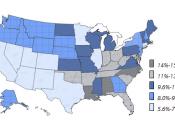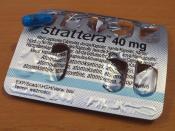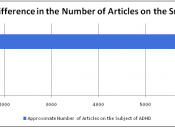ADHD in GirlsAdolescent Deviant BehaviorAbstractThere have been very few studies of ADHD that include females. ADHD affects 3-5% of school aged children, so even if females are only a small portion of such a large base it means that there are hundreds of thousands of girls with ADHD. Research is needed not only on sex differences related to ADHD, but also on recognizing the presenting behaviors in females as compared to males in all three subtypes inattentive, hyperactive-impulsive and combined.
ADHD in GirlsADHD is a neurological disorder affecting millions of individuals, limiting their potential, affecting their families and interfering with their daily lives. The American Psychiatric Association in 1994, as well as Goodyear & Hynd in 1992; Lahey,Applegate, McBurnett et al in 1994: and Williams & Swanson also in 1994 have stated that although ADHD is the best studied of childhood mental disorders, studies have to a great extent been confined to males, because of the great preponderance of males in the clinically referred samples with ADHD, where the sex ratio ranges from 3:1 to 9:1.
Females with ADHD and sex differences have been largely neglected in research. This neglect is a public health concern, because even a very small proportion of such a chronic and common disorder translates to hundreds of thousands of affected females nationally. If we assume a ratio of 5:1 and a combined prevalence of only 3% the sex-specific prevalence would be 5% for males and 1% for females; 1% of 125,000,000 U.S. females yields over a million girls and women with ADHD. And this estimate is conservative; for example non-referred population samples by Faraone, Biderman,Chen et al. in 1992; Gaub & Carlson in 1994; and Lahey also in 1994 all suggest a ratio closer to 2:1 or 3:1 than 5:1.


